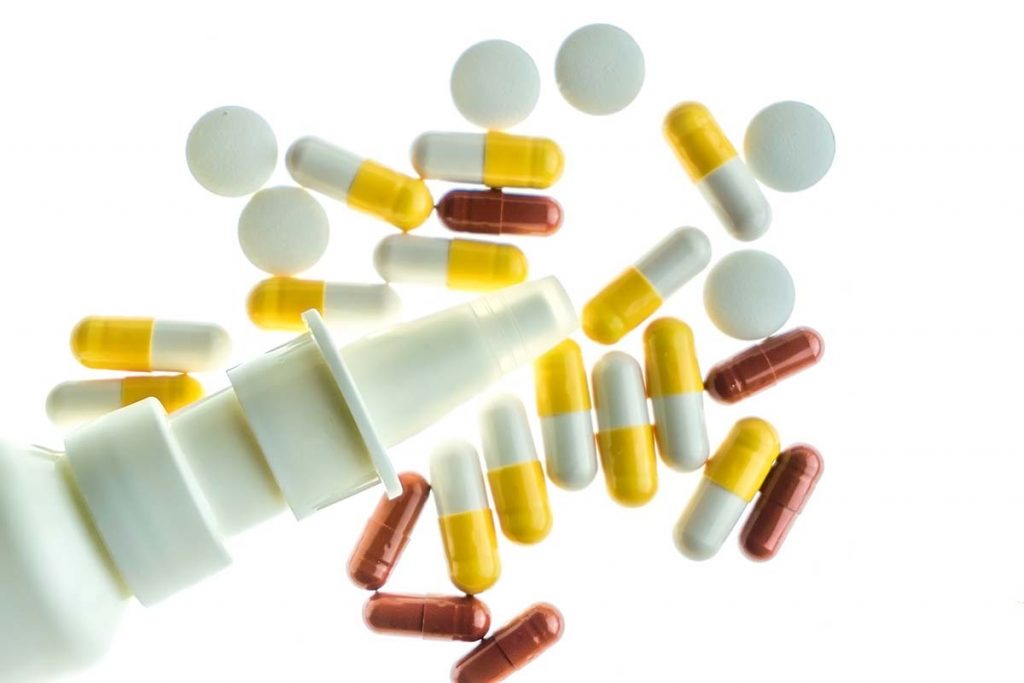By Trung Nguyen, Pharmacist
If you’re a parent to an allergy-prone child, then you know all too well that spring is not all park plays, sunshine and rainbows. Instead, for parents with kids who suffer from allergies, spring brings with it runny noses, itchy eyes, and puffy faces – all of which can make for an uncomfortable few months for both the child suffering, and the parent looking after them.
Seasonal allergies, sometimes referred to as ‘hayfever’ or seasonal allergic rhinitis, are allergy symptoms that happen during certain times of the year – commonly in spring. Outdoor mould spores are released from trees, grasses, and weeds, resulting in tiny pollen particles. These pollen particles enter the air which can get into the nose and eyes, causing inflammation and irritation.
Seasonal allergies are extremely common – so parents, you’re not alone. In fact, hayfever affects one in 10 children aged 6-7, and every one in six children aged 13-14. Whilst relatively harmless, hayfever can still cause a great deal of physical discomfort, and often leaves children feeling tired due to poor sleep quality. More than that, untreated allergies can lead to other health issues such as sinus and ear infections, may trigger asthma, and skin disorders like eczema and hives.
The good news is that there are some simple things that you can do to alleviate the discomfort your child may be suffering due to allergies, and in turn enjoy a more pleasant spring overall.
Be thoughtful about time outside.
As parents, we want our children to spend lots of time outdoors and be as active as possible. But if you have an allergy sufferer, there are a few things to consider before sending your child to play outside. Dry and windy days are terrible for allergy sufferers because of circulating dust particles, and places with lots of plants and flowers can also be tricky. There are a number of pollen apps, like Pollen Forecast for example, that can show you the local pollen count, which is helpful to check before going outside.
Try an antihistamine.
The most common relief treatment for hayfever are antihistamines, which help to relieve the sneezes, itching and runny noses. Consider a corticosteroid nasal spray which is another effective treatment and may be used to help prevent and treat the nasal symptoms caused by hayfever. All different types of hayfever relief are available over the counter in pharmacies. Look for products designed for children – for example you can speak to your pharmacist about the Chemists’ Own Children’s Allergy Range which can be used to suit a range of hayfever symptoms. Make sure you consult your pharmacist or doctor about which medication is right for your child.
Keep inside clean.
You should try to keep indoor spaces free of dust mites by regularly washing bedlinen and choosing bedding materials that are less likely to harbour dust mites — such as polyester-filled quilts instead of feather and down. If you have pets at home, you may try to keep them away from your child’s bedroom and regularly vacuum and dispose of any fur that they shed.
Stay hydrated.
It might come as a surprise to learn that dehydration can play a big role in how your body responds to allergy triggers.
Your immune system produces histamines to help guard your body against dangerous pollutants – mould, dust and pollen for example. But once your body is dehydrated, the histamine production increases, which causes the body to have the same trigger symptoms as seasonal allergies. Drinking more water can help to improve histamine production and alleviate allergy symptoms.
Allergy season can be tough for parents – no one wants to see their child suffering. By limiting your child’s exposure to the things that trigger their allergy symptoms and by having appropriate relief at hand, hayfever needn’t stop them from enjoying a playful spring.
Always read the label. Follow the directions for use. If symptoms persist, talk to your health professional.

